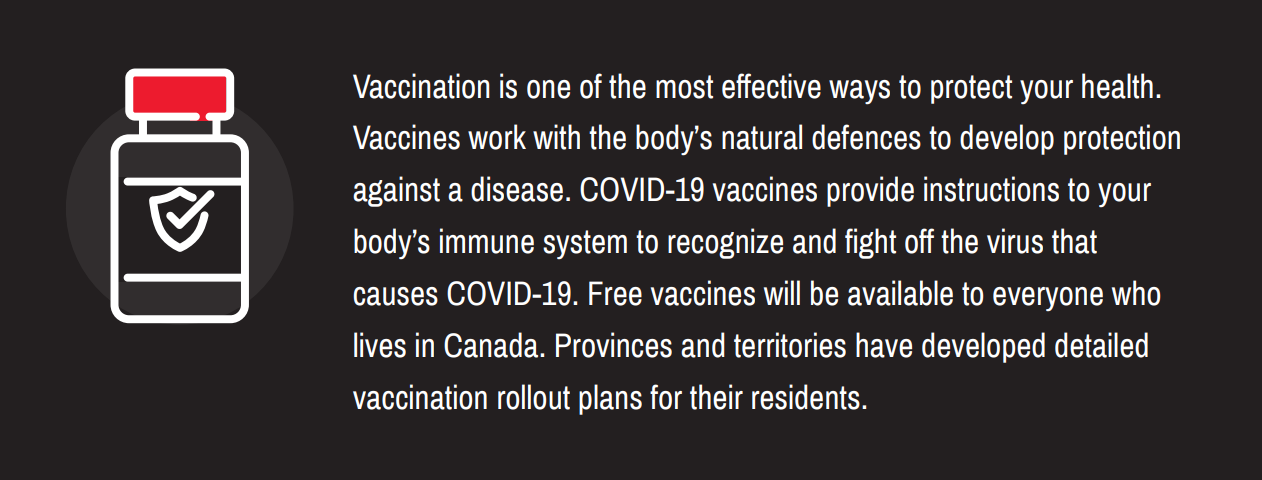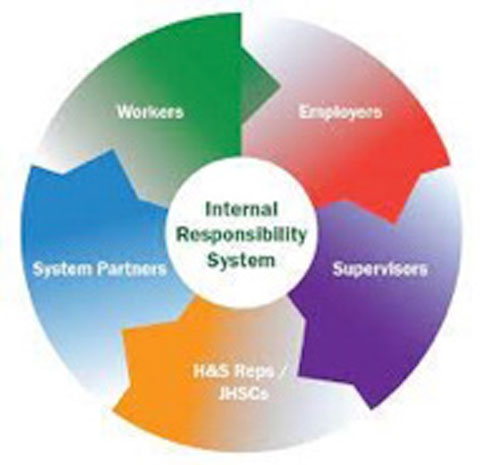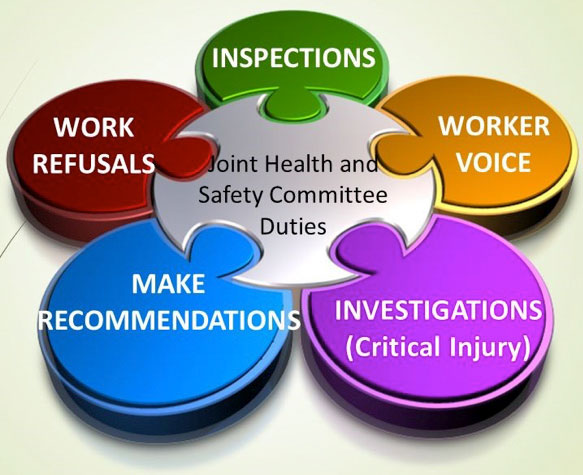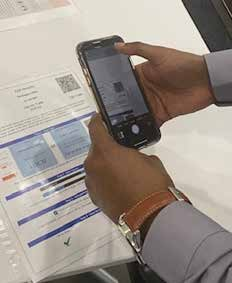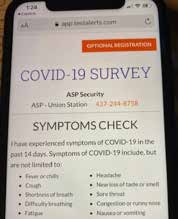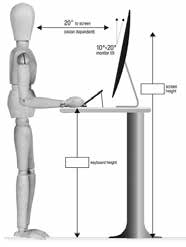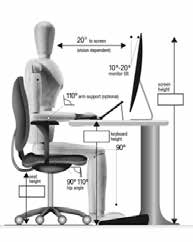By Laurel Woodhouse, Health and Safety Manager
Psychological resilience can be defined as the ability to resist and manage stressors and to “bounce back” from stressful life events. It is vital to understand that resilience doesn’t mean being strong all the time, and never experiencing stress.
Resilience is often the ability to be aware of the psychological impact that stressors are having on you, and consciously engaging in activities that help you manage and cope with them.
The pandemic has been a test for resilience for people all over the world. It has stretched everyone’s inner and outer resources, leaving people to adapt to circumstances that were unprecedented.
Although external circumstances have felt out of control for a while, it does not mean that you cannot take control of your inner circumstances. Here are some tips to remain psychologically resilient, despite what is going on in the world:
Tip 1: Maintain a Social Support Network
It is much easier to be resilient to the challenges of work and life if you have a solid social support network. Talking about your feelings and having strong connections to a partner, family, friends, or work colleagues helps you to be more effective at facing life’s difficulties. It is important to make time for these contacts, and it is vital to keep being social even when you feel under pressure and you may not feel like it. This has been particularly important during times of lockdown or self-isolation. Technology has made it possible to maintain connections, even when we feel isolated.
Tip 2: Maintain a Third Place
An important element of being resilient is to have a “third place”. This third place should be in addition to your home (first place) and your workplace (second place). Your third place should be a physical environment where you go to relax, socialize, and/or engage in an interest/hobby. Examples of third places are health clubs/ gyms, sports clubs, coffeeshops, and so on. If you are still under lockdown restrictions your “third place” may be somewhere in nature, or a special place in your home. The location doesn’t matter, as long as you can relax and de-stress here.
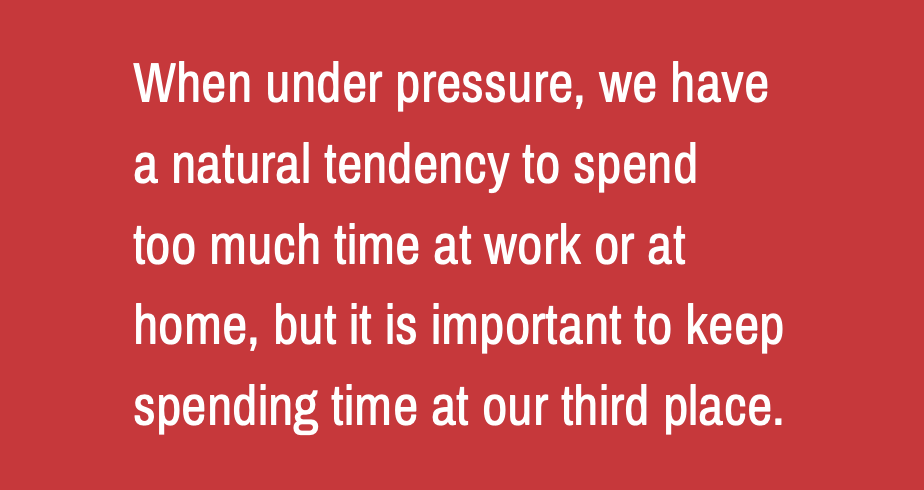
Tip 3: Thinking of Others
It has often been noted that people who perform voluntary work are more resilient than those who do not engage in such an activity. This is because by engaging in voluntary work, an individual has thought about what is important to them, and then spends some time on this activity without monetary reward. It is not necessary for you to engage in voluntary work (although you may decide to do this) but thinking about what activities are important to you, and to spending some time engaging in these activities builds resilience. The pandemic showed how desperately people needed each other for support, shopping for essentials, or simply to exchange a small “hello”. What ways did you reach out to help another, or what ways would you like to, moving forward?
Tip 4: Keep a Boundary Between Your Personal & Work Life
Pressures and problems can come from both your personal and work life. One key strategy to be resilient from pressures is to keep a clear boundary between your work and personal life. You need to have techniques for “switching off ” from work so that it does not impinge on your personal life. There are a variety of methods for this; for example stopping for a coffee after leaving work before going home. Don’t forget, it’s also important to not let personal problems have an impact on work. This became a challenge throughout the pandemic as many people were forced to work from home, and the boundary between work and home became blurred.
Tip 5: Know Your Early Signs of Stress
Resilience is not about being strong all the time and never feeling pressure or stress, it’s about knowing when you are starting to feel stressed and using techniques to help keep in control e.g. deep breathing, exercising more, and talking to family and friends about how you are feeling. To help with this it is useful to be aware of what your early signs of stress are. Early signs tend to occur in four areas:
Physical
Generally, more people have some physical signs when they are starting to feel stressed. This can be headaches, pain in the neck/shoulders or digestion problems.
Emotional
When under stress, people can feel angry, frustrated and/ or low in mood.
Cognitive
When under pressure, we tend not to think effectively so we can become indecisive, or we become more forgetful or experience concentration difficulties.
Behaviour
Behaviour can change; we can lose our temper more frequently or have trouble sleeping.
Tip 6: Physical Exercise
As a rule, the healthier you are physically, the easier it is to be resilient to stressors. One important way of maintaining your resilience is to be active, focusing in particular on cardiovascular exercises and body stretches. The key is to do some exercise little and often, for example walking, swimming, cycling, or playing sports. It is very important to maintain an exercise regime when you are feeling particularly stressed, and if possible to do slightly more exercise than usual to help you cope with the difficulties. This is especially true when working from home, or feeling stuck in the same place for long periods.
Tip 7: Deep Breathing
Deep breathing is one of the easiest relaxation techniques to master, and it is also one of the most effective in helping you remain calm and resilient. Slow, deep (diaphragmatic) breathing slows down your heart rate, lowers blood pressure and reduces tension in the muscles. The simplest method for practising deep breathing is as follows:
- Sit comfortably in a chair with good posture, and both feet flat on the floor. Close your eyes and place your left palm on your stomach and your right palm on your chest. Now breathe slowly in through the nose, and out through the nose without holding your breath at any point.
- Try and expand your stomach as you breathe in and contract your stomach as you breathe out. Try to breathe so that only your left palm moves and not your right. Your chest and shoulders should not move as you breathe, only your stomach. All the time you should be relaxed and concentrating on breathing slowly.
Tip 8: Reduce Self-Criticism
One habit many people have which, reduces their resilience, is that they are too critical of themselves. Self- criticism often occurs as a voice in our head (sometimes called an internal monologue) which is critical of our thoughts, feelings, and behaviour. Something that is often linked to self-criticism is our tendency to be too critical of others. One method to help us be less self-critical, and therefore more resilient, is to consciously try to become less critical and negative towards others.
Tip 9: Personal Organizational System
Increasingly in modern life we have a multitude of activities and tasks to keep track of—both at work and in our personal life. Managing all these tasks can be stressful. So, to be resilient, it is important to have an organizational system that prevents us feeling overwhelmed by the demands placed upon us. Specifically, your organizational system should achieve two major elements which help you maintain your resilience: Keep your to-dos “outside of your head”. In other words, you should not rely on your memory to trigger when you should do your actions, it is your organizational system that reminds you when to do things. The less you rely on your memory, the better. It is always vital to have a clear distinction between tasks which are urgent (that is time dependent and must be performed now, such as answering a ringing phone) and those which are important but can be dealt with at your own pace. Resilient people tend to spend more time on actions which are not urgent but are important. When we are under pressure and stressed, we tend to focus on the urgent, unimportant tasks.
Tip 10: Resilient Thinking
A vital element of being resilient is how you perceive and think about the challenges that life throws at you. Resilient individuals tend to be good at keeping stressors in perspective so that they are not overwhelmed by such stressors. Equally, resilient individuals focus on how they can solve their problems or make their problems easier in some way.
Resilient thinking tries to be as creative as possible and to focus on solution and/or management of a problem not on the problem itself and the feelings it generates. The analogy of resilient thinking that is often used is: “When you have fallen into a hole, your thinking should be how do you climb out of the hole—not how you fell into the hole, or how unlucky you are to be in the hole.”
A very useful technique for maintaining resilient thinking is to keep a Gratitude Journal. Every day, you should write in this diary three things in your life that you are grateful for. The key is that every day you should come up with three new things to be grateful for. By carrying out this activity you are training your mind to focus on positive things which in turn helps you be more resilient.
In your busy life, it may not be possible to implement all of these tips, but always try to think creatively and it may be possible to combine two or more tips together e.g., playing tennis with your partner and/or children. This will enable you to maintain your social support network, spend time on an activity which is important to you—and it will give you some exercise.
This article was written in collaboration with Colin Grange, UK Clinical Director © LifeWorks 2022.

